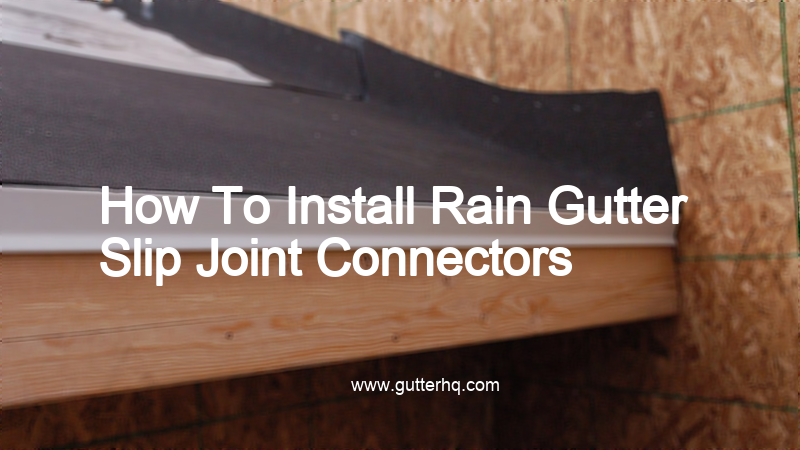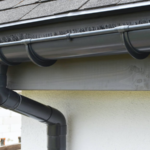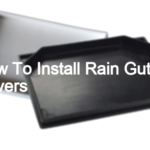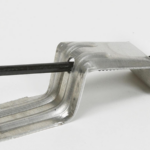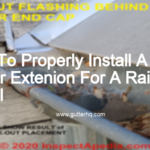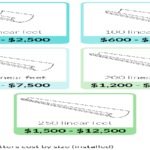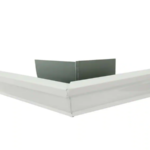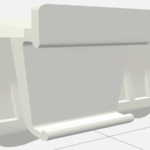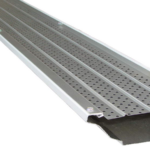- Start by measuring the length of your gutter. You will need one slip joint connector for every 10 feet of gutter.
- Cut your gutter to the desired length with a hacksaw.
- Clean the end of the gutter with a wire brush to remove any debris.
- Apply a generous amount of silicone sealant to the end of the gutter.
- Slip the connector onto the end of the gutter and align the holes.
- Drive a stainless steel screw through each hole to secure the connector.
- Repeat steps 2-6 for each section of gutter.
How do you join two rain gutters together?
- Begin by cleaning out both rain gutters so that they are free of any dirt, debris, or leaves.
- Once the gutters are clean, measure the length of each gutter section.
- Cut two pieces of gutter joining material to the appropriate length.
- Place the gutter joining material inside of each rain gutter section.
- Use gutter screws or nails to secure the gutter joining material in place.
- Test the gutters to make sure they are properly secured and free of leaks.
How do you install gutter fittings?
- Begin by cleaning out the gutter so that it is free of any debris.
- Next, measure the length of the gutter and cut the downspout to size.
- Install the downspout by attaching it to the gutter with screws.
- Finally, install the gutter fittings by attaching them to the gutter with screws.
How do you fit gutter connectors?
Gutter connectors are used to connect two pieces of guttering together, usually at a corner or joint in the guttering system. There are a few different types of gutter connectors, but the most common type is the snap-lock connector.
To install a snap-lock connector, first make sure that the ends of the gutters to be connected are clean and free of debris. Next, line up the connector with the seam in the gutters and snap it into place. The connector should snap securely into place and should be level with the gutters. Once the connector is in place, check to make sure that the gutters are properly connected and that there are no gaps or leaks.
How do I stop my gutter joints from leaking?
- Make sure your gutters are properly pitched. This is the most common reason for gutter leaks. The gutters should be pitched so that water flows towards the downspouts.
- Check the gutter joints to make sure they are properly sealed. If the sealant is cracked or missing, water can easily leak through.
- Inspect your gutters regularly for any holes or cracks. These can be patched up with a sealant or gutter tape.
How do you rivet gutters together?
There are a few different ways to rivet gutters together, but the most common is to use pop rivets. Pop rivets are small metal fasteners that have a cylindrical body and two prongs on one end. To install a pop rivet, you insert the prongs through the holes in the gutters and then use a rivet gun to push the body of the rivet through the holes. The prongs will then expand and grip the metal, holding the gutters together.
Should you screw gutter joints?
The answer is no. Gutters are designed to be installed without the need for screws or other fasteners. The only time screws may be needed is if the gutters are being installed on a particularly windy day and the installer needs to make sure they are secure.
How do you install vinyl gutter connectors?
Vinyl gutter connectors are installed by first cutting a hole in the gutter at the desired location. Next, the vinyl gutter connector is placed over the hole and secured in place with screws. Finally, the vinyl gutter connector is sealed with silicone caulk to prevent leaks.
Final Talk
There you have it! Now you know how to install rain gutter slip joint connectors. This is a great way to ensure that your gutters are properly connected and won’t leak. Be sure to follow the instructions carefully and take your time so that you do it right.
